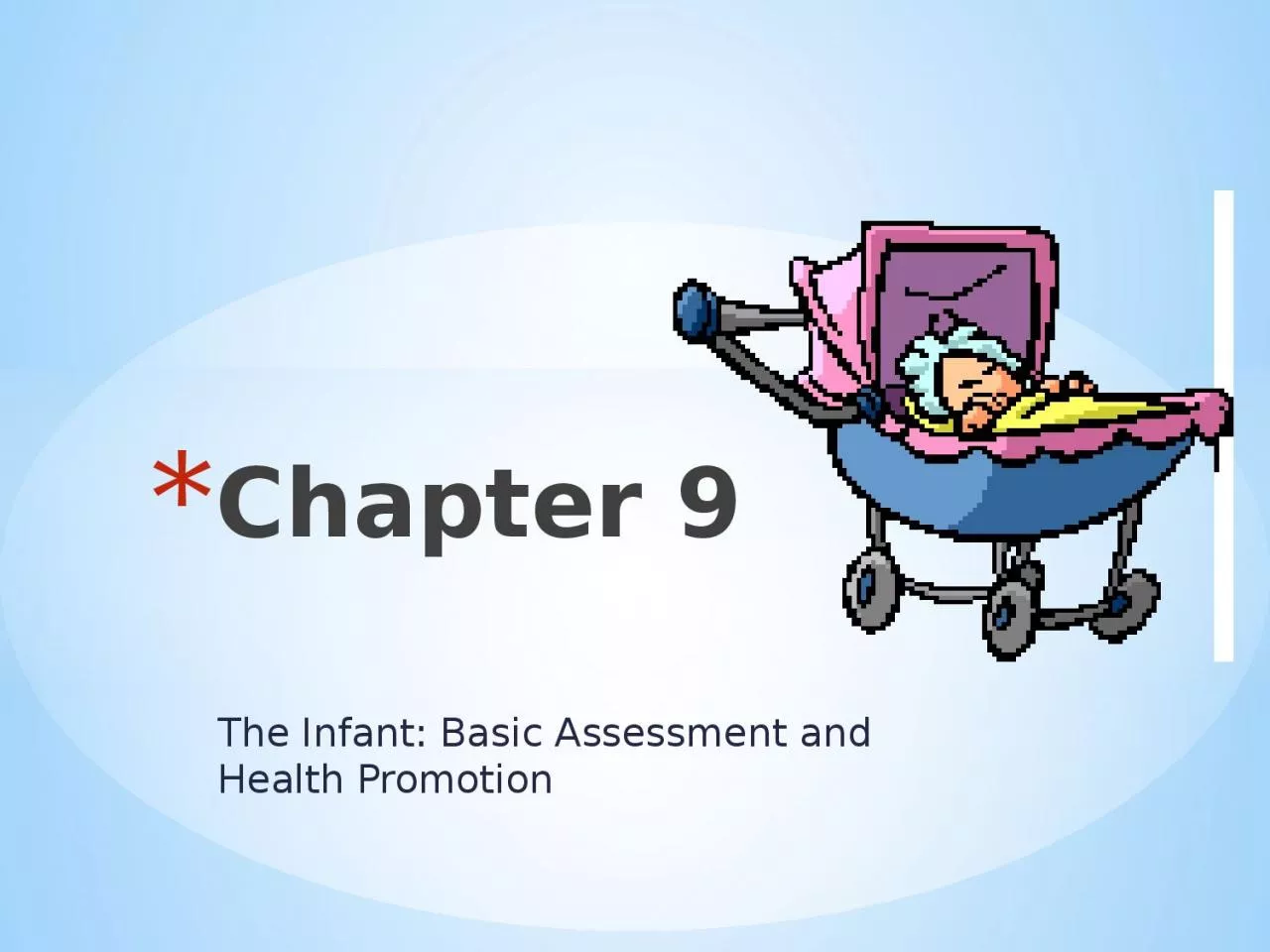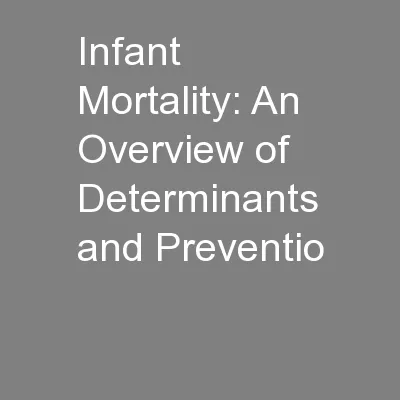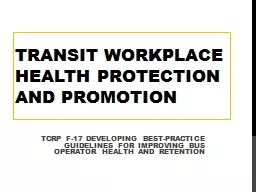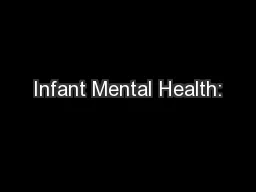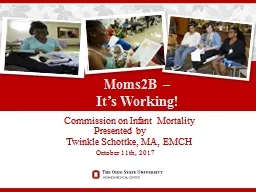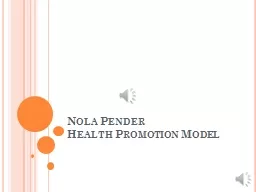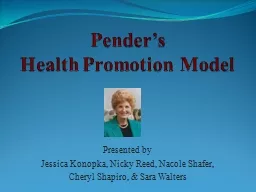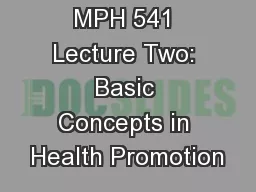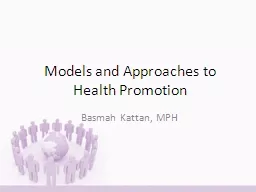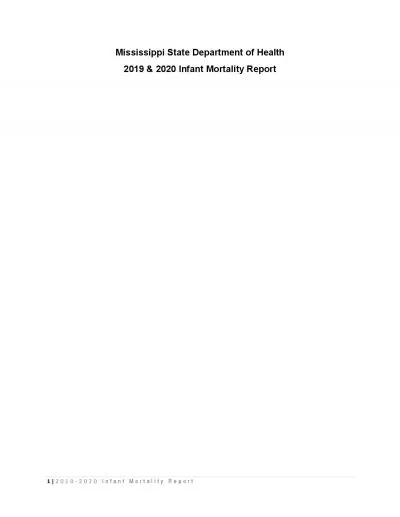PPT-The Infant: Basic Assessment and Health Promotion
Author : SportyChick | Published Date : 2022-08-01
Chapter 9 Basic Terms Neonate First 30 days of life Infant First 12 months of life Mother or parent Person caring for the infant Family Development Birth of child
Presentation Embed Code
Download Presentation
Download Presentation The PPT/PDF document "The Infant: Basic Assessment and Health ..." is the property of its rightful owner. Permission is granted to download and print the materials on this website for personal, non-commercial use only, and to display it on your personal computer provided you do not modify the materials and that you retain all copyright notices contained in the materials. By downloading content from our website, you accept the terms of this agreement.
The Infant: Basic Assessment and Health Promotion: Transcript
Download Rules Of Document
"The Infant: Basic Assessment and Health Promotion"The content belongs to its owner. You may download and print it for personal use, without modification, and keep all copyright notices. By downloading, you agree to these terms.
Related Documents

